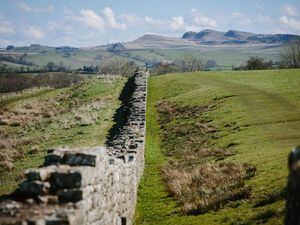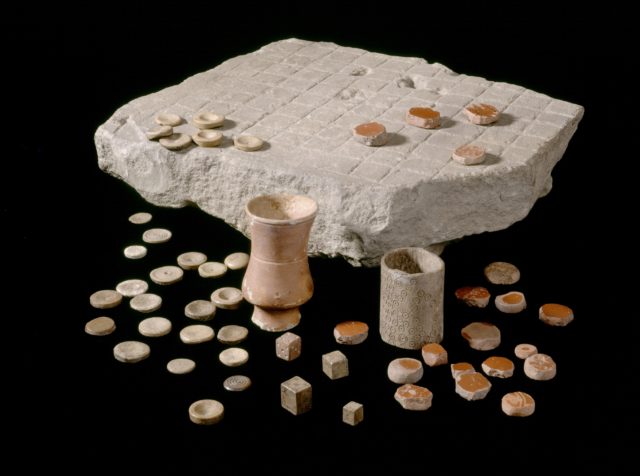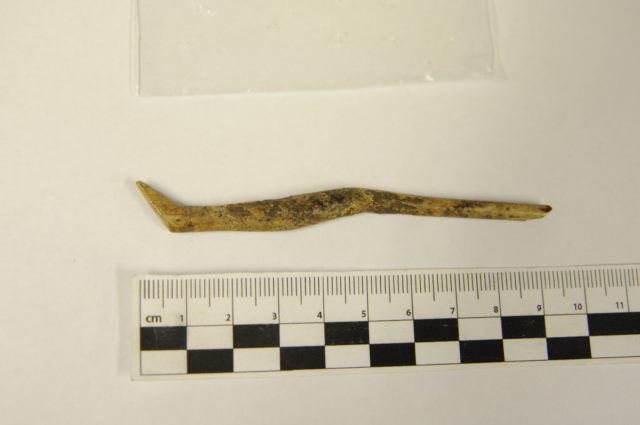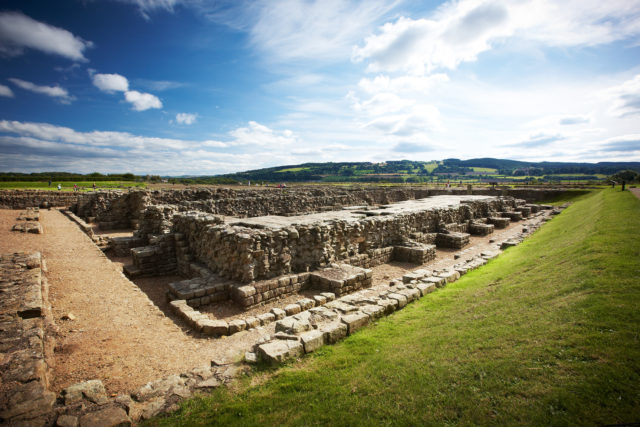Burial urns ‘show Hadrian’s Wall was home to families as well as fighters’
Alongside its military function guarding the edge of the Roman empire, the wall would have been home to wives and children, English Heritage says.

Burial remains of a woman and child found by Hadrian’s Wall show the famous military fortification was also a centre for Roman family life, experts said.
The previously unseen Roman cremation urns, which contain the remains of a young woman and a five-year-old child, are going on display at Birdoswald Roman Fort, Cumbria, close to where they were found.
The remains of the woman and the youngster, who from the proximity of their burial may have been mother and child, challenge the notion that Hadrian’s Wall was the preserve of military men, English Heritage said.

The exhibitions are part of a combined £1.8 million investment by the heritage charity to bring to life the stories of the men, women and children who lived along the Roman empire’s north-western frontier.
The urns were discovered during a rare cemetery excavation in 2009, and analysis of a child’s tooth suggests he or she was around five while the woman is thought to have been in her 20s or 30s.

English Heritage curator of Roman collections Frances McIntosh said: “Alongside its military function, Hadrian’s Wall was a thriving centre of everyday life.
“Even though ordinary Roman soldiers weren’t officially allowed to marry until 197AD, a blind eye was often turned and many wives and children would have lived there, alongside a large community of civilians which sprung up to service the forts.

“But it also reminds us how rich and diverse the story of life on Hadrian’s Wall is, something which our new exhibitions at Birdoswald and Corbridge will highlight.”

At Birdoswald Roman Fort, a new permanent exhibition tells the story of the garrison and its support communities, including a crane which demonstrates the expertise needed to build the wall, English Heritage said.





